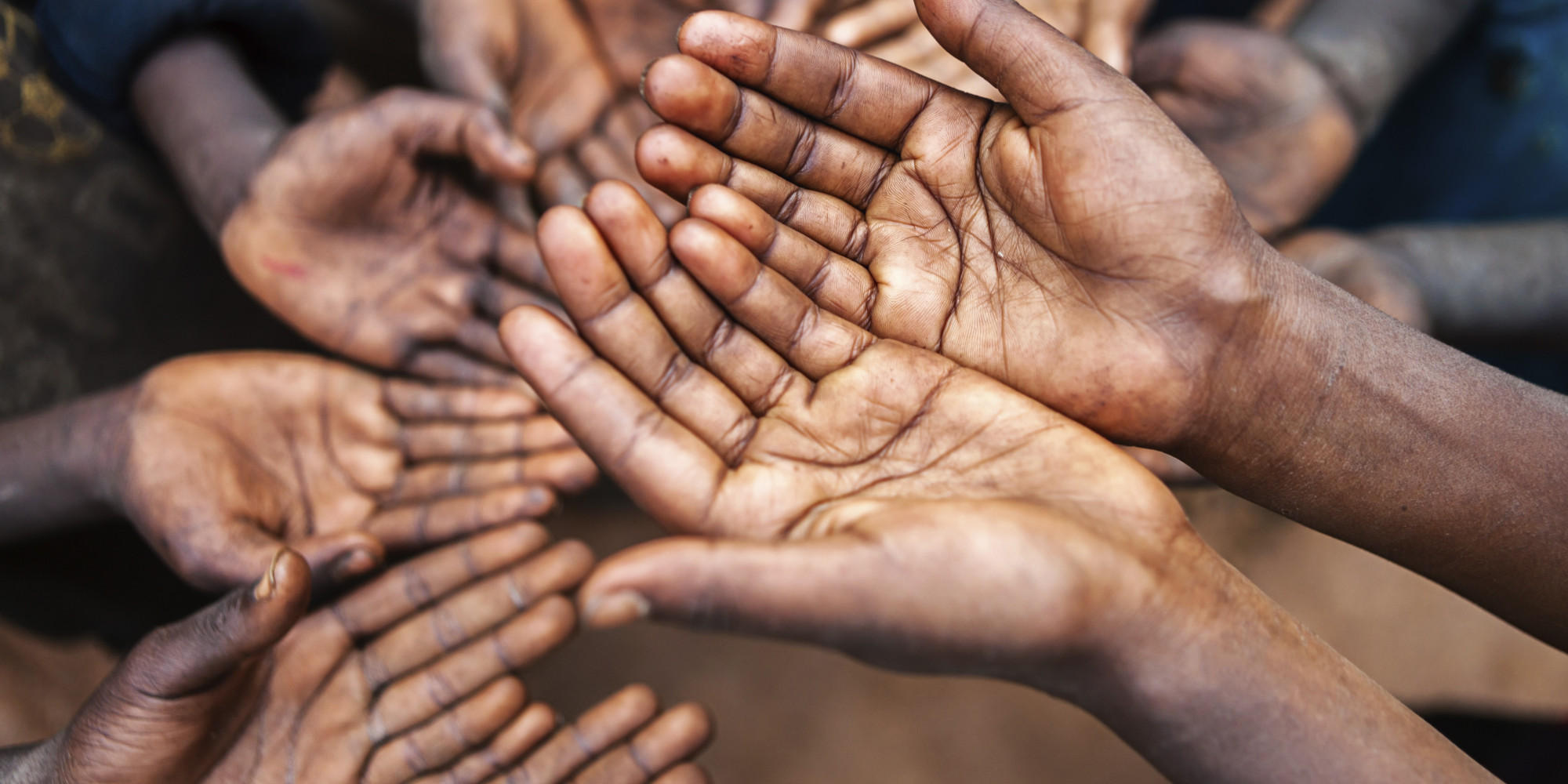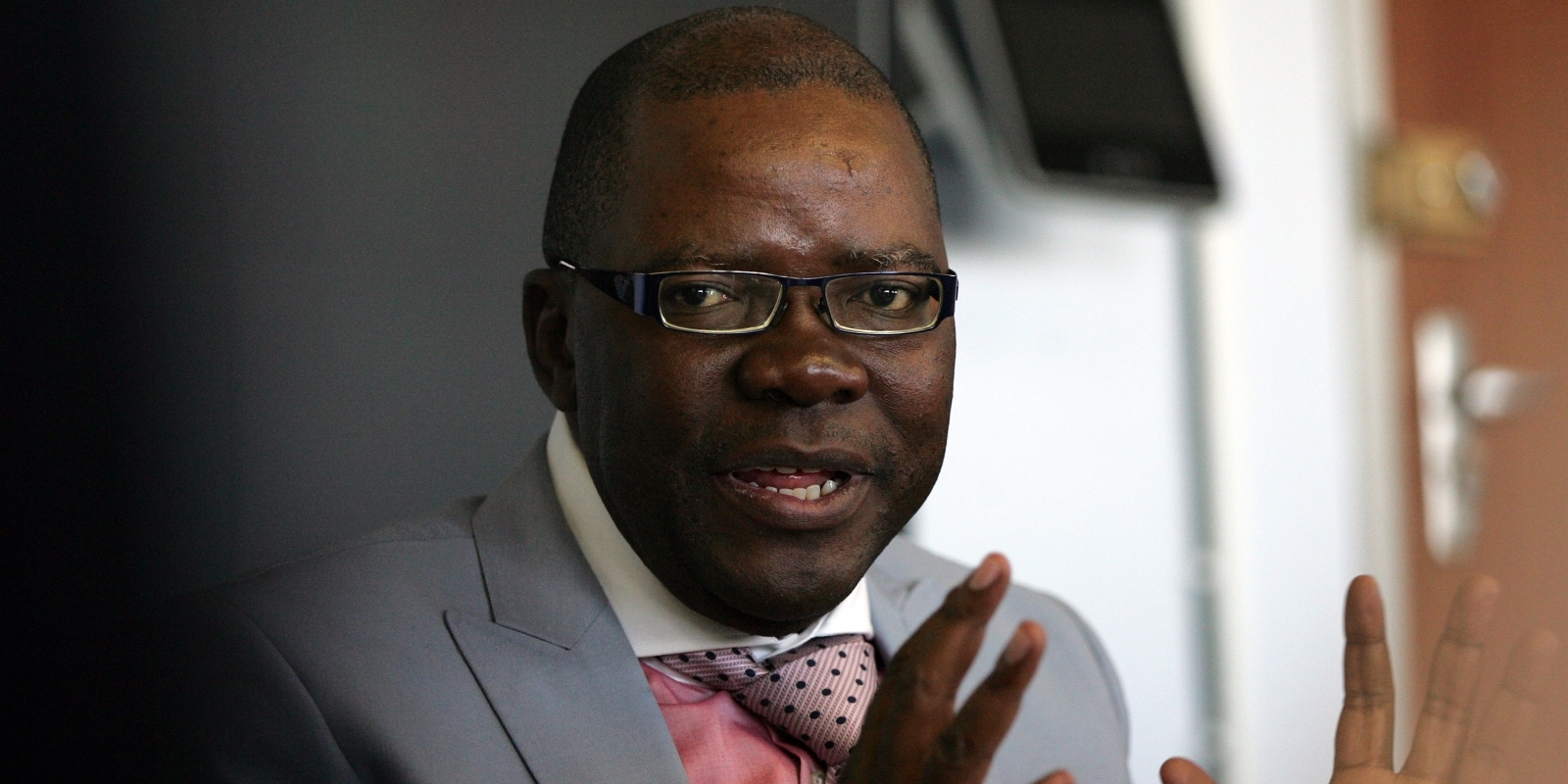News
Making Africa Work — some lessons for Donors
In foreign aid, the 'golden rule' does not apply: he who has the gold does not always make the rules.

Special Advisor, The Brenthurst Foundation

Director, The Brenthurst Foundation

The Danish government recently decided to shut its diplomatic mission to Mozambique, historically one of its most important African development aid partners. They have done so because of the need to focus Danish efforts and rationalise expenditure, the choice helped by flagrant mismanagement of the economy by the government in Maputo, including secret debt agreements which have brought one of the darlings of the international aid community to insolvency.
Yet, such a decision made on rational grounds – deciding not only where to spend money, but more importantly, on what and whom not to – is actually quite rare among donors.
Over several decades, donors have developed a reputation for demanding reforms and continually interfering in the decisions of African governments, but also more often than not keeping the money flowing irrespective of how the recipient country acts. Countries like to publicise how much they give to development — the United Kingdom is committed to donating 0.7% of its GDP – thus creating severe pressure within bureaucracies to keep writing cheques. Recipient countries know the game by now. Business as usual combines making sufficient noises to placate donors while more often than not continuing poor governance practices.
Africa received $51 billion in overseas development assistance in 2015, more than any other region, more than one-third of the global total. The top ten African recipients were Ethiopia ($3.2 billion), Democratic Republic of the Congo ($2.6bn), Tanzania ($2.58bn), Egypt ($2.5bn), Kenya ($2.48bn), Nigeria ($2.43bn), Mozambique and Ghana (both at $1.8bn), South Sudan ($1.7bn), and Uganda ($1.6bn). The US was the largest individual contributing nation giving just under $10bn, with the UK at $4.2bn. Ethiopia was second only to Afghanistan ($3.8bn) in the global recipient rankings.
Still, it has proven very difficult to improve governance in African countries. For example, the Ibrahim governance index rose by just one percentage in the ten years between 2006 and 2015. It appears that African leaders did not take advantage of the significant increase in aid prompted by the 2005 Gleneagles G-8 Summit or the subsequent period of historically high commodity prices to create economies that were attractive to both domestic and foreign investors and thus prepare themselves for coming challenges.
In foreign aid, the “golden rule” does not apply: he who has the gold does not always make the rules.
Now the economic future of many Africa countries looks precarious The IMF’s most recent (July) projections forecast only a modest uptick in the region’s expansion to 3.5 percent in 2018 (from 2.7 in 2017). That is only a slight positive per capita increase overall and probably means that one-third of the countries will experience negative per capita growth. More importantly, 2018 will mark the fourth year when the region’s economic growth has, at most, equalled its population increases (after gains of 3.4 percent in 2015 and 1.3 in 2016).
Donors are now pondering what to do: should they further increase aid to make up for lack of commodity revenues, while allowing ‘business as usual’ to continue, or should they walk away when governments refuse to change their ways. The potential for negative publicity against a backdrop of highly unequal world puts pressure on them to stay.
Going forward, four essential shifts are necessary to get aid to work better for Africa.
First, it is essential to change the metric of the debate from the amount of money spent to what it actually accomplishes.
This, second, demands that donors move away from attempting to micromanage projects to assessing whether their programmes are aligned with the highest priorities of the governments they are supporting. Given the enormous demographic changes taking place on the continent most governments should be focused on promoting growth and creating jobs. If there is not agreement on basic priorities, no amount of management or hectoring will keep donor money from being wasted.
To be effective, third, given the scale of the challenges and the scarcity of resources available aid needs to be carefully focused. We believe that donors, in general, are in too many countries with the result that their own contributions are not significant, and, despite almost a half century of pleas for aid coordination, international co-operation remains weak.
For example, the UK currently provides bilateral assistance to more than thirty countries. What could possibly be the strategic argument for being present in so many nations when, inevitably, London’s role cannot be that significant in most? Furthermore the administrative overhead of being in so many places is extraordinary.

As a general rule, moving to a smaller number of countries with a tighter focus on areas of spend would create greater effect.
And it will be more useful in giving it to countries that are more aligned with donor governance priorities and democratic values, which would imply a larger donor influence and impact, , than to expect that aid from outside will enable a change in the overall trajectory of governance in the recipient states.
And fourth, greater thought must also be given to seeking out key multiplier areas to aid expenditure, where spending could have a strategic, long-term effect. For example, increasing the number of students in tertiary education in the donor countries offers such a multiplier, as does a focus on supporting democracy – not just over elections, but between them – given the empirical link between the health of democracy and the state of the economy in Africa.
Bureaucracies and caring publics inevitably want to be involved as many countries as possible and like to feel good about how much money is given in aid. But the blunt truth is that this approach has not delivered the rate of change needed. Moving the rhetoric of aid from “what do we spend” to “what do we get as a result” will involve tough decisions, especially regarding the overall number of recipients.
Sometimes less really is more.
Mills, Herbst and Davis are with the Johannesburg-based Brenthurst Foundation, and are co-authors of ‘Making Africa Work: A Handbook for Economic Success’.
This article can also be found on FFTD.

